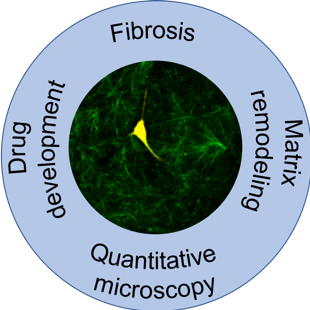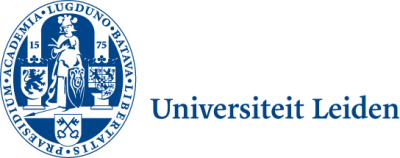A new assay for development of anti-fibrotic drugs
Fibrosis is a reversible reaction to tissue injury aimed at repair, and its temporal and spatial coordination is crucial for a controlled healing process. It involves immune-mediated activation of myofibroblasts that i) produce excessive amounts of collagen-rich extracellular matrix and ii) use contractile forces to remodel that ECM into a stiff, scar matrix. Chronic tissue injury can lead to progressive, irreversible tissue fibrosis and ultimately cause organ failure.
In this project, they hypothesized that intervening with myofibroblast activity represents a promising therapeutic strategy to restore tissue and organ functionality. It may break the feedback loop that maintains chronic fibrosis, tilting the balance and triggering resolution of the disease.
This project developed a model where healthy skin fibroblasts are printed as cell clusters in collagen gels in an industry standard multi-well plate format. They developed confocal reflection microscopy methodology for automated imaging of the collagen fiber network between fibroblast clusters. Image analysis algorithms were developed for automated quantitative analysis of such fiber networks. This project has established that fibrotic stimuli known to occur in patients, trigger remodeling of the collagen fiber network and they obtained a highly reproducible window between resting versus activated fibroblast clusters in our assay. They next established parallel analysis of collagen remodeling (reflection microscopy between cell clusters) and cell viability (confocal analysis of label within cell clusters). Using concentration ranges of a small set of positive control compounds they have demonstrated applicability of the assay to detection of a window of opportunity for compounds where collagen remodeling is suppressed without cytotoxicity.
Altogether, This project developed a quantitative, imaging-based assay for extracellular matrix remodeling caused by myofibroblasts, as a tool for drug development in the area of fibrotic diseases.




